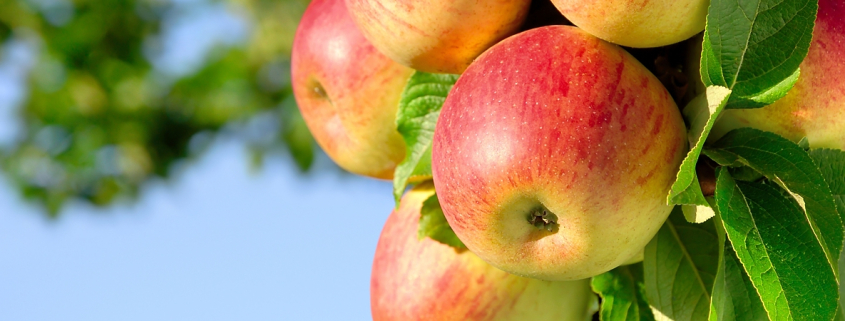Calcium Nutrition
Calcium is an essential nutrient for crop quality & requires a holistic management strategy to achieve optimum fruit calcium levels & quality.
Early season calcium and boron levels will have a major impact on fruit quality so don’t leave it too late! Both calcium and boron form structural components of cell walls so low calcium & boron levels weaken the plant or fruit thus leading to quality issues (eg, flaky skins in spuds or internal breakdown in fruit crops).
Calcium & boron are also needed for flowering (pollen tube development). Most of the cell division (phosphorous is also critical here) where potential fruit size is determined, ceases at fruit set and then those cells begin to fill or expand. If the integrity of those cells is compromised then future fruit quality will also.
A major problem with calcium nutrition (and boron to a lesser extent), is its lack of mobility in the soil and plant. Developing fruit rely solely on root uptake of calcium and any interruption (eg. moisture stress) in that supply can result in localised calcium deficiencies (eg. blossom end rot in tomatoes). Boron plays a key role in root function and low boron levels reduce the plant’s ability to uptake water and nutrients from the soil, which often induces a calcium deficiency. Another major factor that affects fruit calcium status is high levels of available nitrogen which promote excessive vegetative growth. New shoot growth consumes a lot of calcium and therefore less makes it to the fruit and breakdown issues result.
So here are some strategies for tackling calcium and boron nutrition:
- Early soil application of soluble calcium & boron sources followed by foliar sprays during flowering & at fruit set will ensure good initial levels in developing fruit.
- Ensure your irrigation practices are ‘water tight’. Any moisture stress has the potential to cause a calcium deficiency.
- Make sure boron levels are adequate to ensure calcium uptake is maintained.
- Keep nitrogen inputs to a minimum during fruit development to avoid excessive vigour (nitrate & urea fertilizers are the worst offenders).
- Foliar calcium and boron sprays do help particularly if targetted at the fruit (calcium will not move from the leaf to the fruit, but the fruit itself will absorb calcium & boron from foliar sprays).
- Maintain a good cation (Ca, Mg, K, Na) balance in the soil.
- On high pH soils use acidifying fertilizers like ammonium sulphate that dissolve and mobilize insoluble calcium sources.
- If you have low pH soils, apply lime well before planting (at least 2 months prior) to ensure optimum pH & calcium levels for growth.
Calcium Products


Leave a Reply
Want to join the discussion?Feel free to contribute!